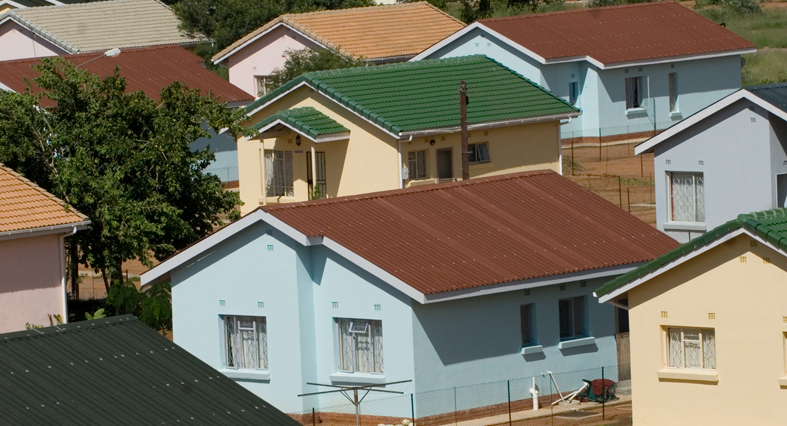Rural-urban migration is defined by demographers as the increasing share of population in urban areas (Paston and Bouvier, 2010:307-311). Rapid rural-urban migration first became popular in the 1960s when many states were becoming independent from colonial rule. Due to this, Gaborone, being the biggest urban centre in Botswana, experienced an increase too, hence its pronounced problem of housing low income earners, compared to other towns as urban centres of the country.
This became a key aspect to take into consideration in Gaborone as an urban centre. Botswana, as a developing country, experienced fast rural-urban migration, which has been a worldwide phenomenon since the early 1950s. People migrate from rural areas for opportunities such as employment and utilisation of urban services and facilities. As a result, the population in the area increases, hence demand for low-cost housing increases for low-income earners as most of migrants are of low income status looking for opportunities in urban centres and are forced to pay monthly housing rentals of 30%+ of their monthly salaries, which becomes a burden.
This is discouraged by housing agencies. However, the demand forces this group to live in small shared spaces/houses to share the rental burden, which ends up not being conducive, especially in this era of the global pandemic of COVID-19 which requires social distancing as a control measure. Commuting from the outskirts of the city also becomes expensive and a burden for the low-income earners in terms of money, transport and time. Our transport system in Botswana is not reliable and roads to the city centre cannot able accommodate the high levels of vehicular traffic in and out of the city every day, hence traffic jams that result in commuters reporting to work late running late and their delays in other activities.
The 2001 census shows that 1 680 863 persons were enumerated as compared to 2 038 228 in 2011, making a 1.9% growth rate over the 10 years between the two head count exercises. This confirms that there is an increase in population, leading to more and more demand for low-cost housing by low income earners in Gaborone. The high population growth rate in Gaborone is due largely to very high growth of villages that lie in close proximity to the capital. When demand increases, rentals also increase. The housing market gives purchasing prices and rental rates but market forces of supply and demand also influences these and usually puts them at levels too costly for low income earners.
Among all the districts, the leading share of in-migration to Gaborone is from Kweneng East (14%); Ngwaketse (11%) and Central Serowe-Palapye (11%). The three districts account for 36% of the total in-migration to Gaborone. The remaining 64% of the in-migration to Gaborone is spread across the outstanding districts and sub-districts, according to 2011 population census statistics. Infrastructure and service development in rural areas, public education about rural-urban migration, promotion of agribusiness in rural areas by the government, and decentralisation can be implemented to mitigate this issue of rural-urban migration.
The private sector should partner with the public sector in order to ease delivery of low-cost housing. The government should play the role of facilitator rather than provider. The public sector should facilitate by regulations and land parcels for development and mass construction of low-cost housing. This can be done by providing subsidies to developers and persuading them to provide low-cost housing.
For more real estate advice, give us a call on +267 72 19 69 50 right away.

